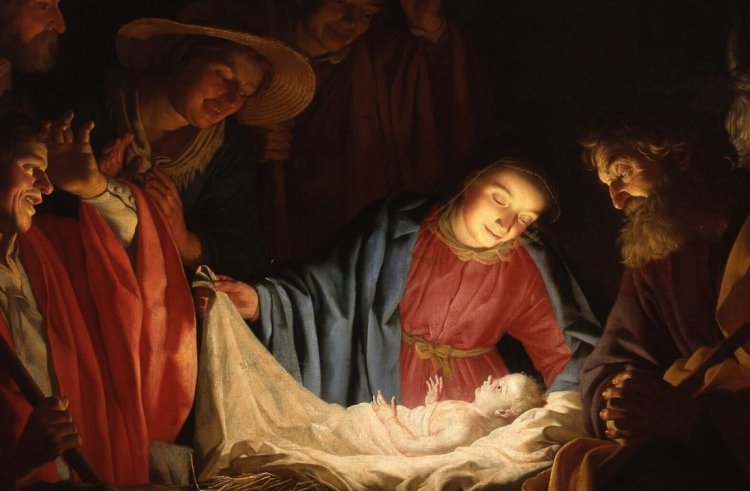When did the celebration of Christmas begin?
When did the celebration of Christmas begin?
Updated on December 08, 2022 18:29 PM by Michael Davis
Christ's mass is a reference to the birth of Jesus Christ on Christmas day, but it was not for the first 300 years of Christianity. What was the first time Christmas was celebrated? For A.D. 336, the words "December 25: Natus Christus in Bethlehem Judea" appear in a list of Roman bishops compiled in AD 354: "Christ was born in Bethlehem, Judea." Christmas was first celebrated on December 25, 336.
A saint's birthday was not given much attention before the third-century church's existence, not even his or her birth. During the feast of Epiphany, which takes place on January 6, more attention was paid to Christ's baptism than his birthday, as it symbolized his entry into heaven.
What was the date of Jesus' birth?

One of the first scholars to date history from December 25, the year our Lord was born, was Dionysus Exiguus, a sixth-century monk. Several other traditions indicate Christmas was observed on December 25. The Jews celebrated a festival of lights on or around December 25, while the Germans celebrated a yule festival. Christmas is celebrated on or around December 25 as part of the winter solstice across Europe and in the Mediterranean.
As a result of mistletoe arrows, Balder, the Scandinavian sun god, was struck down during the solstice. In Saturnalia, Romans fed the poor and gave them gifts, a pagan festival closely linked to drinking. A Christian bishop may have adopted the old pagan festival to prevent his followers from indulging in it. On the other hand, Tighe argues that it was reasonable to celebrate Christ's birth nine months after his conception because the church had already agreed to celebrate Christ's conception on March 25.
Also Read: The Queen Mother's Diamond Drop Earrings Accent Princess Kate's Sparkling Red Dress
A brief history of Christmas traditions
Christians replaced heathen tales with Christian stories, but the practices remained. Candles were lit in Scandinavian countries, and kissing under the mistletoe was common. St. Nicholas became associated with gift exchange over the years, as he was a charitable man who threw gifts into homes in Lycia, a province of Asia, in the 4th century. There is nothing more beloved than a Christmas carol, lovely touches Christians added to Christmas celebrations around the thirteenth century.
It has yet to be discovered when the Christmas tree first appeared. It was not long before Christmas trees became popular had become common in Germany. St. Boniface, Apostle to Germany, is believed to have held the evergreen tree up as a symbol of the everlasting Christ. When the German court came to England, the Christmas tree was brought with them. Luther cut the first tree, took it home, and decorated it with candles. New Englanders were threatened with work, jail, or fines if they observed Christmas Puritans, who viewed it as too pagan.
Despite being more a work of sentiment than Christianity, Charles Dickens' novelette "A Christmas Carol" caught something of the Christmas spirit in 1843 in Victorian England. It contrasts Ebenezer Scrooge's tight-fisted grumpiness with Fred, whose nephew, Fred, is a generous merrymaker, and with Bob Cratchit and Tiny Tim, who represent the struggling poor. In English-speaking lands, Christmas is virtually defined by this book's call for charitable donations and good works.





